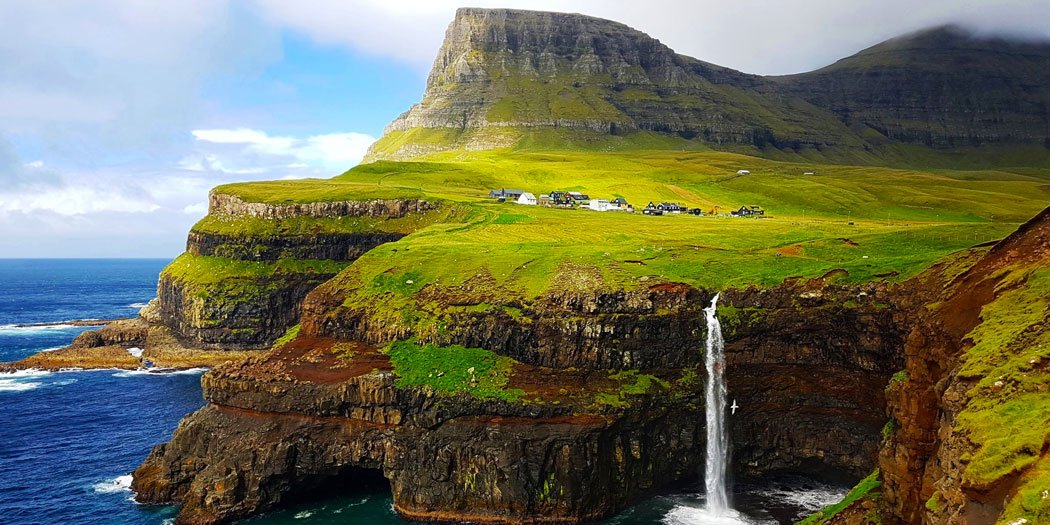Great Barrier Reef, Australia: Underwater Wonder
Stretching over 2,300 kilometers along the northeastern coast of Australia, the Great Barrier Reef is the largest coral reef system in the world. It’s not only a UNESCO World Heritage Site but also one of the Seven Natural Wonders of the World. With its vivid marine life, crystal-clear waters, and stunning coral formations, the reef draws divers, snorkelers, scientists, and nature lovers from across the globe.
But the Great Barrier Reef is more than just a tourist attraction—it’s a living, breathing ecosystem that supports thousands of marine species and plays a critical role in the global environment. Let’s dive deeper into what makes this underwater paradise so extraordinary and why it’s both awe-inspiring and in need of urgent protection.
A Living Masterpiece
The Great Barrier Reef is made up of over 2,900 individual reefs and 900 islands, forming a complex network that can be seen from space. It’s home to:
- 600+ species of coral
- 1,600+ species of fish
- 6 species of sea turtles
- 30 species of whales and dolphins
- Numerous species of sea snakes, rays, and mollusks
These numbers reflect the reef’s status as one of the most biodiverse ecosystems on Earth. Coral polyps, tiny living organisms, are the architects behind this marvel. Over thousands of years, they’ve built the structures that support entire marine communities.
A Diver’s Paradise
For scuba divers and snorkelers, the Great Barrier Reef is a dream destination. The reef offers something for everyone—from shallow coral gardens to deep-water drop-offs and dramatic walls.
Popular diving spots include:
- Cod Hole (Ribbon Reefs): Known for giant potato cod that are friendly and curious.
- Osprey Reef: A remote dive site with clear waters, sharks, and large pelagic fish.
- Agincourt Reef: A series of outer reefs with vibrant coral and marine life, ideal for snorkelers.
Even beginner snorkelers can explore coral lagoons close to shore, especially around Cairns and the Whitsunday Islands.
Unique Marine Encounters
One of the most magical experiences in the reef is swimming alongside green sea turtles, manta rays, or even the elusive dugong—a marine mammal related to the manatee. During certain seasons, visitors may also witness:
- Coral spawning (a once-a-year event where corals release eggs and sperm into the water)
- Humpback whale migrations (typically from June to November)
- Minke whale interactions (June to July, especially in Ribbon Reefs)
Every dive or snorkeling trip is different, with nature putting on a new show each time.
Island Escapes and Reef Tours
The reef is dotted with idyllic islands offering everything from luxury resorts to eco-lodges. Some popular options include:
- Hamilton Island: A luxury gateway with access to Whitehaven Beach and the reef.
- Heron Island: A haven for marine researchers and eco-tourists.
- Lizard Island: Known for its secluded beaches and exclusive resorts.
Many tour operators offer day trips and liveaboard experiences departing from Cairns, Port Douglas, and the Whitsundays. Glass-bottom boats, semi-submersibles, and scenic flights also provide reef access for non-swimmers.
Environmental Challenges
Despite its beauty, the Great Barrier Reef faces serious threats:
- Coral bleaching, caused by rising sea temperatures, has devastated large sections of the reef over the past decade.
- Pollution from agriculture runoff and coastal development has affected water quality.
- Crown-of-thorns starfish, a natural predator of coral, has spread rapidly due to ecosystem imbalance.
Climate change is the greatest long-term threat. Rising ocean temperatures and acidification stress coral systems and affect their ability to recover.
Conservation Efforts
The Australian government, along with environmental organizations and researchers, is actively working to protect and restore the reef. Initiatives include:
- Monitoring and reef health assessments
- Coral planting and restoration projects
- Marine protected zones
- Public awareness campaigns
Tourism also plays a role in conservation. Responsible tourism helps fund preservation efforts and educates visitors about the reef’s fragility.
Best Time to Visit
The reef is a year-round destination, but the best conditions are typically between June and November, when the weather is cooler, the sea is calmer, and visibility is high.
- Summer (December–March) brings warmer waters and higher humidity but also the risk of jellyfish in some areas.
- Winter (June–August) is ideal for whale watching and clear diving conditions.
Regardless of the season, visitors should follow all safety and environmental guidelines to ensure a minimal impact on the ecosystem.
Tips for Visiting Responsibly
To protect the reef while enjoying it, travelers can:
- Use reef-safe sunscreen to avoid chemical damage to coral.
- Avoid touching or standing on coral reefs.
- Support eco-certified tours that follow sustainable practices.
- Learn about marine life before diving or snorkeling to improve awareness.
Even small actions can make a difference when it comes to preserving this fragile wonder.
Final Thoughts
The Great Barrier Reef is more than just a bucket-list destination—it’s a vibrant, dynamic world that showcases the richness and complexity of ocean life. Whether you’re watching clownfish dart between anemones, drifting alongside a turtle, or simply floating over a field of coral, the experience is humbling.
But with its beauty comes responsibility. As climate change continues to threaten its future, visitors and global citizens alike must act as stewards for this precious environment. The reef’s survival depends on how we choose to interact with it today.
For now, it remains a dazzling underwater wonder—one that reminds us of nature’s power to create and inspire.


